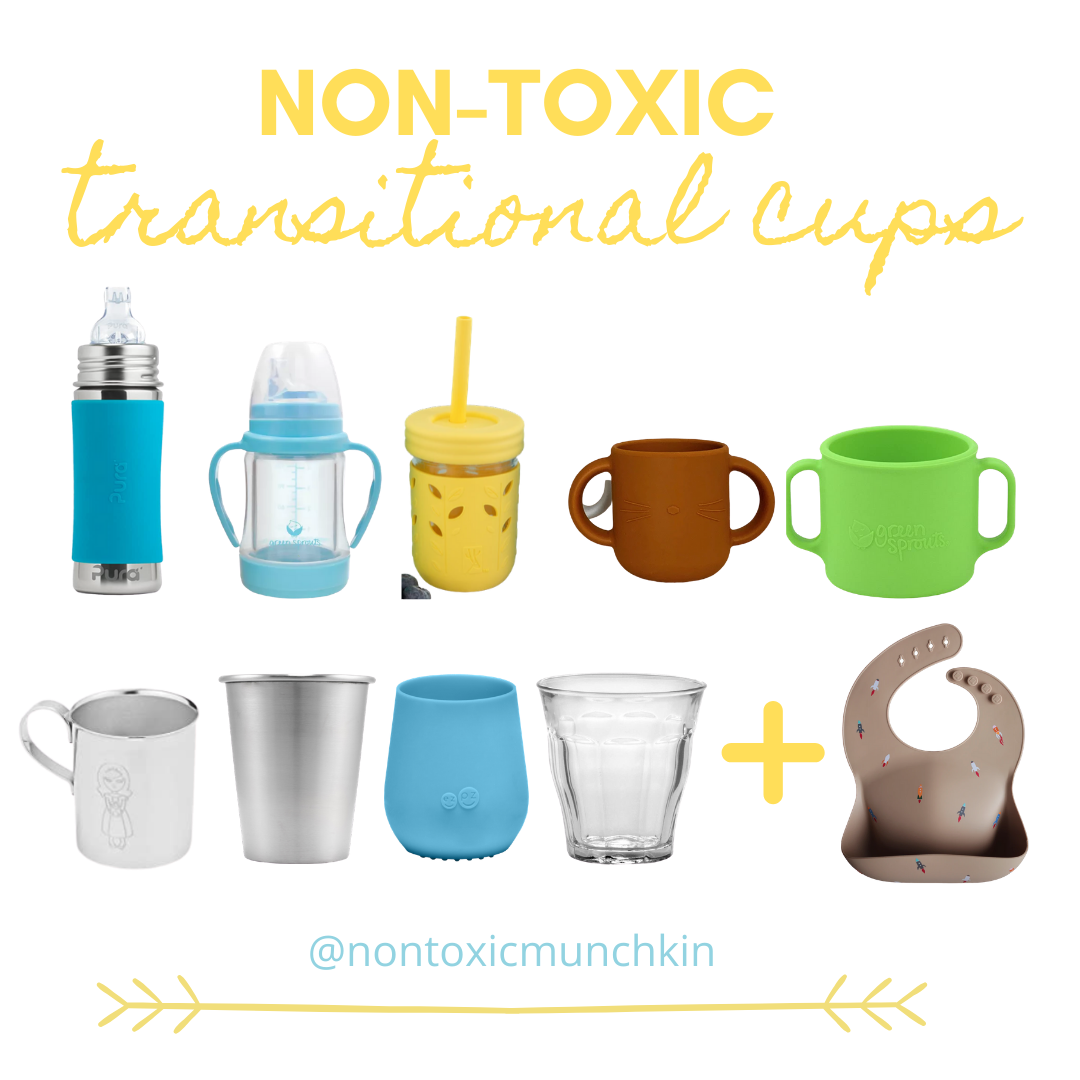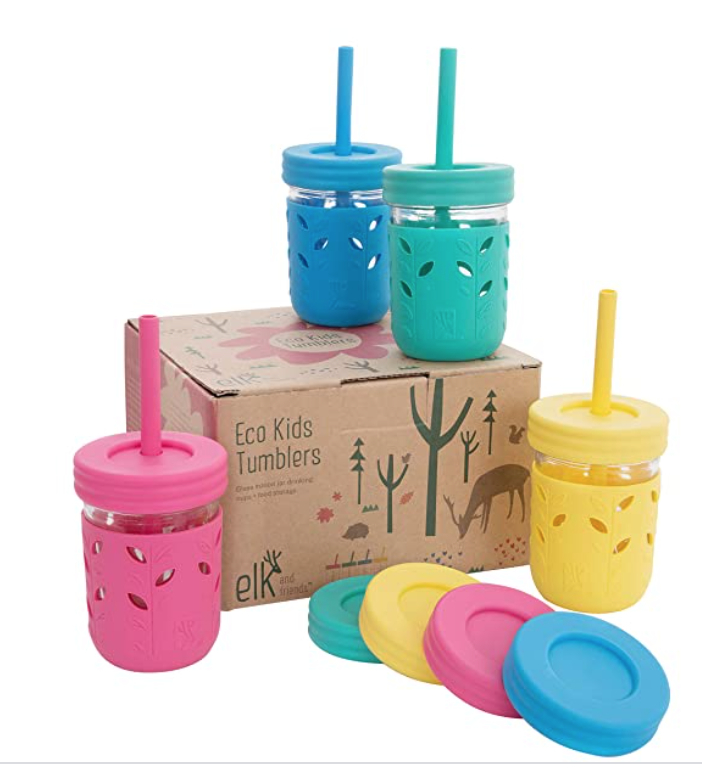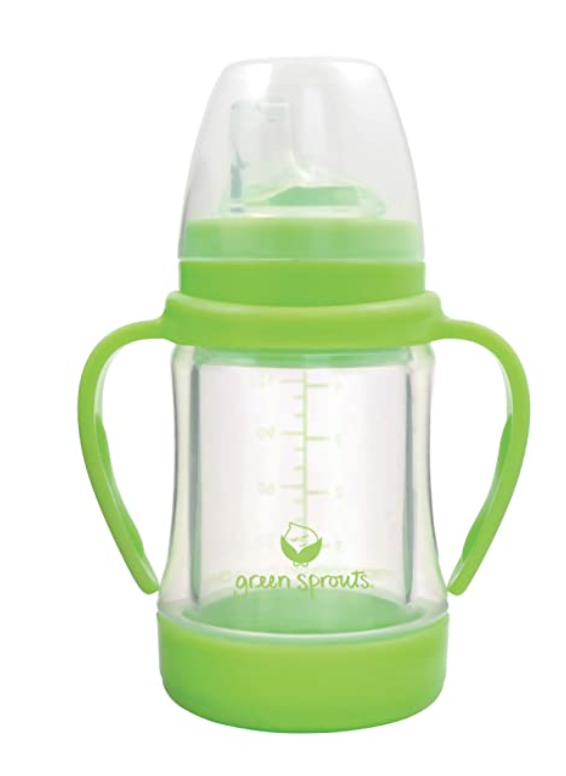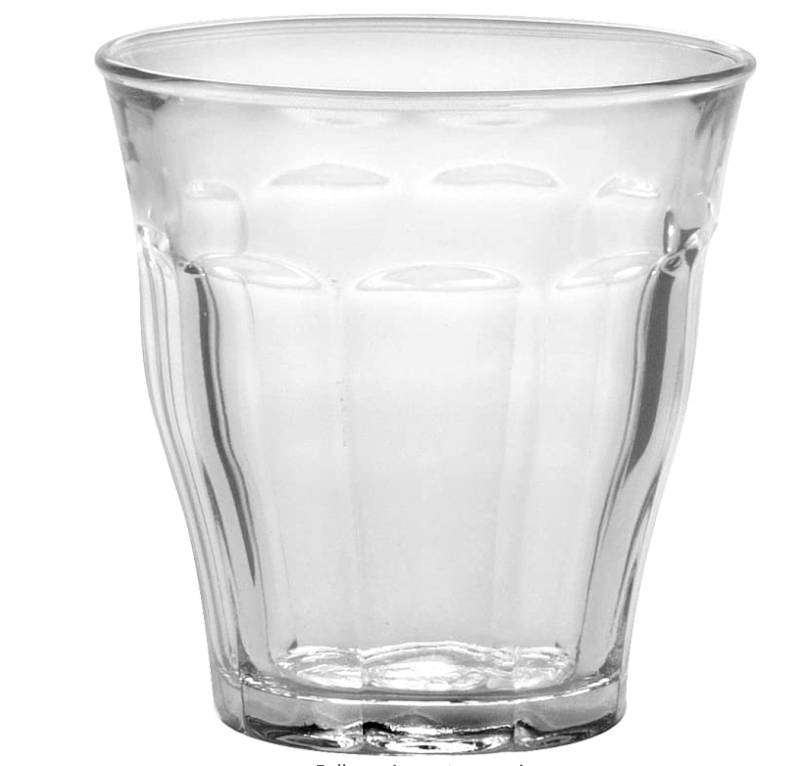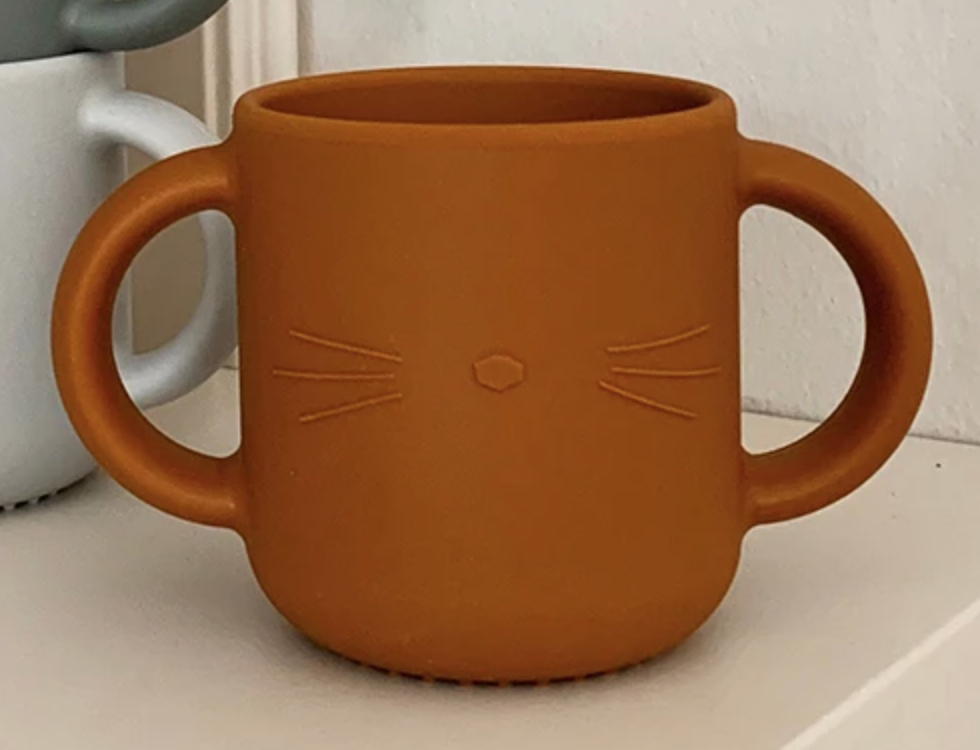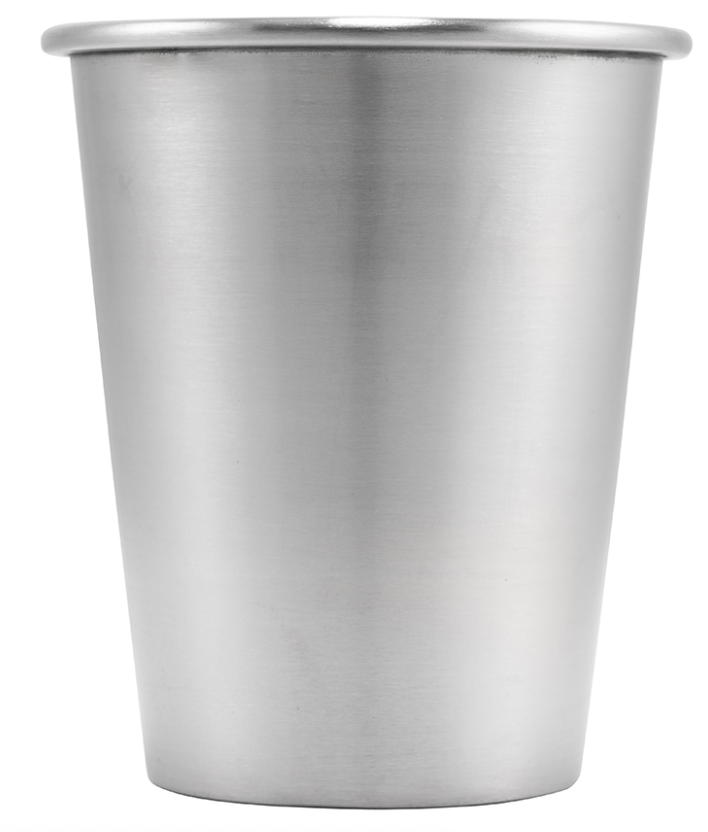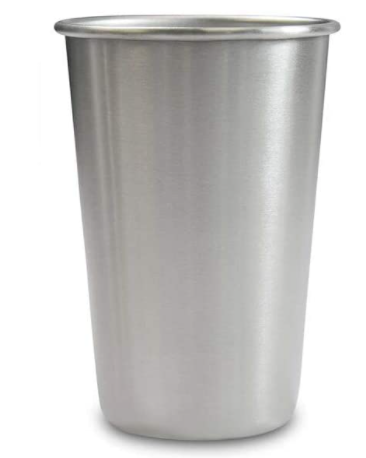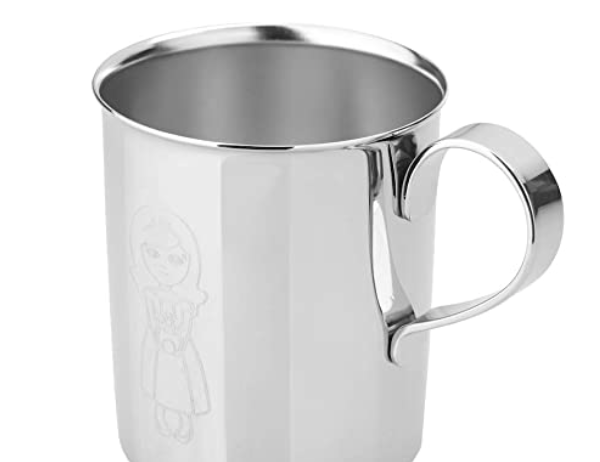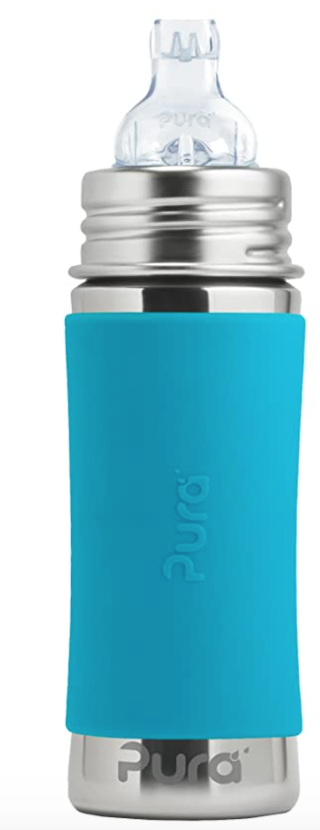Choosing a Non-Toxic Transitional Cup for Baby & Kids
As soon as you think your little one is ready (and sometimes sooner- it can be as early as when they start eating solids!) it is a good idea to transition them away from bottles and into cups.
I get asked a lot about sippy cups but, while I did use one with my oldest, I did not use one with my youngest. The reason? A couple of years ago it was almost impossible to find a sippy cup without plastic and I just was not comfortable with that. It turns out, many experts also recommend skipping sippy cups. Their reason? These can cause ‘ development delays’ like speech delays. In fact, The American Academy of Pediatrics recommends that you can transition children as young as 6 months into an ‘open cup’.
So how do we teach a 6 month old how to drink from a cup after drinking exclusively from a bottle? Patience ! Take your time teaching them how to drink first by modeling and allow them time to explore and try it themselves. Yes things will get wet and the cups might be thrown across the room, but that is how they can best learn.
While you might choose to avoid sippy spouts- there are other options little ones can use to help with this transition (or for moments when you just don’t want to deal with a spill) like straws.
In terms of materials used, just like baby bottles, I recommend:
Avoiding all plastics
Sticking to glass, silicone and stainless steel
Silicone should be food grade or medical grade and lead free (and never heated over +/-320F
Stainless steel should be 18/8 or 18/10
Glass should be slightly thicker glass and if you are worried about breakage consider a silicone sleeve.
Straws should be made of silicone (stainless steel could hurt very young babies)
Here are some of my favorite Early drinking cups
Glass
Elk and Friends Kids Cups/Toddler Cups with Silicone Straws - Glass Mason jars 8 oz with Silicone Sleeves & Straws + Straw & Leak Proof Regular Lids
Pura Kiki Stainless Steel Toddler Sippy Bottle
What about bamboo?
A recent study in Germany looked at bamboo coffee mugs and found that
“all bamboo mugs released ‘alarming’ amounts of the toxins into 70°C / 158F drinks, up to 30 times the EU’s safe limit for adults and up to 120 times the limit for children. Although one-off exposure to large amounts of these chemicals isn’t necessarily problematic, the BfR estimates that regularly using a bamboo mug poses a serious health risk.”
To make a bamboo based cup the bamboo must be grounded into a powder and then a Melamine and formaldehyde containing resin is added. Melamine is suspected of causing damage to the bladder and kidneys, while formaldehyde is a known irritant and can even cause cancer if inhaled
Melamine is generally considered inert as long as it is not exposed to heat, and clearly your child will not be drinking hot liquids from their cups, however these cups often will be placed in the dishwasher where they can be exposed to heat.
One Final Note: Remember that at this young age the only thing that a baby or young child should be drinking is water (if they are past the milk/breast milk stage)
*please note: this post contains affiliate links
please note: this article contains affiliated links

